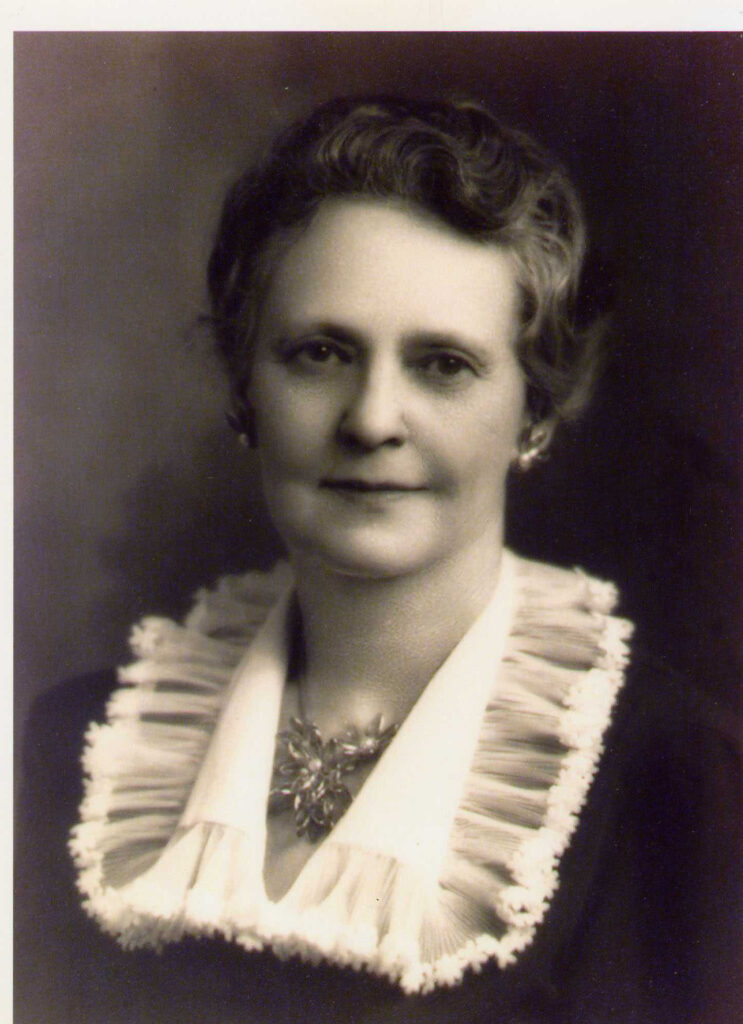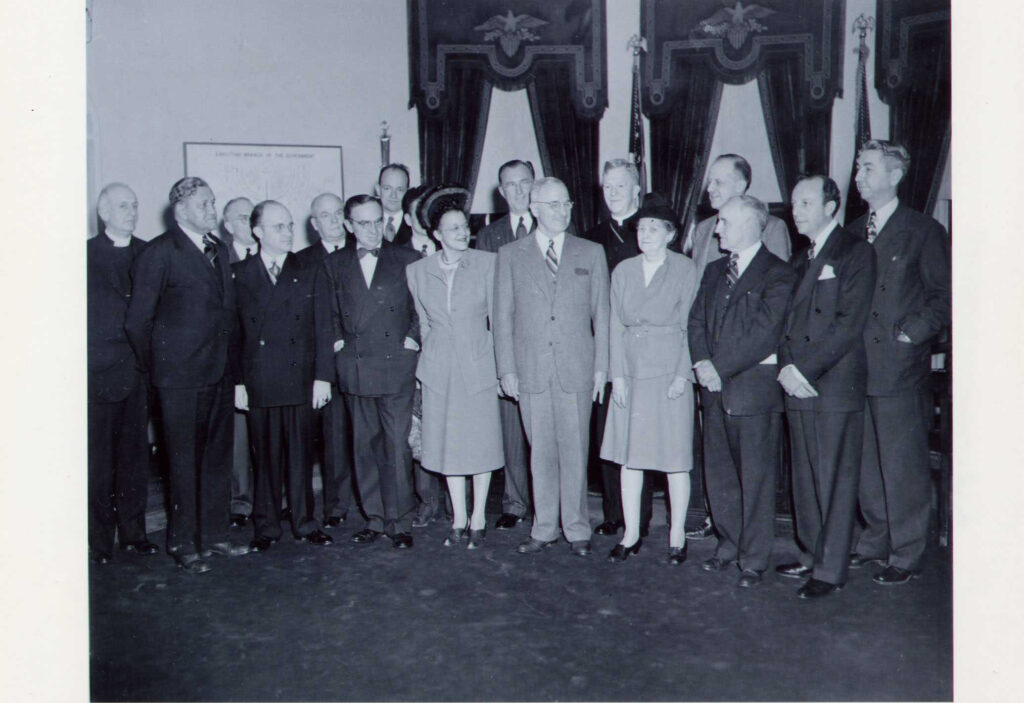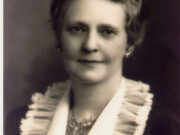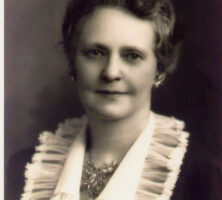One of the unheralded trailblazers of the civil rights movement, Dorothy Rogers Tilly devoted her entire adult life to reforming southern race relations. Her extensive career as an activist, organizer, and mentor forged a link between the reform efforts of the early twentieth century and the modern civil rights movement.
Dorothy Eugenia Rogers was born in Hampton, south of Atlanta, on June 30, 1883. She was reared within the privilege afforded whites by the segregated South. However, her father’s vocation as a rural Methodist minister exposed her to the hardships that many poor southerners—white and Black—faced. This insight, along with her devout Christian faith and her family’s encouragement, motivated her to help those less fortunate than herself.

She attended two colleges, graduating from Reinhardt College (later Reinhardt University), in north Georgia, in 1899 and from Wesleyan College, in Macon, in 1901. She married Milton Eben Tilly in 1903, and the couple settled in Atlanta and had one child. At her husband’s suggestion, Tilly began volunteering with the Women’s Missionary Society (WMS) of the Methodist Church as a children’s religion instructor. From 1918 to 1931 she ran the WMS Children’s Work for North Georgia program. She expanded her influence within Methodist women’s groups in the early 1930s by speaking at various church-related conferences aimed at improving southern race relations.
Tilly’s work with the WMS led to opportunities with other progressive organizations, and in 1930 she joined the biracial Commission on Interracial Cooperation (CIC). Through membership in the CIC, she met Jessie Daniel Ames and became an ardent antilynching activist with the Association of Southern Women for the Prevention of Lynching. As the association’s state representative, Tilly traveled throughout Georgia’s countryside, visiting towns where lynchings or racial violence against African Americans had occurred or was imminent. These experiences reintroduced Tilly to the deplorable living conditions of poor rural southerners, making her a staunch advocate of U.S. president Franklin D. Roosevelt’s New Deal policies. Her political and racial views grew increasingly more liberal during the 1930s, and by the end of the decade she had thoroughly repudiated segregation.
Tilly broadened her influence in the 1940s by serving, along with Grace Towns Hamilton and other southern liberals, in such biracial organizations as the Southern Regional Council and the Fulton-DeKalb Commission on Interracial Cooperation. During this decade, Tilly solidified her reputation as an organizer of churchwomen. When Governor Eugene Talmadge vetoed a proposal for an African American girls’ training school, Tilly organized a successful petition to the Georgia legislature for appropriate funding.
More critical, Tilly rallied her network to support Ellis Arnall, who defeated Talmadge in the 1942 Georgia gubernatorial race. She also galvanized South Carolina churchwomen to protest against Ku Klux Klan activities, which led to the passage of an antimask law in that state. This experience secured Tilly an appointment to U.S. president Harry Truman’s Committee on Civil Rights in 1946, which gained her national attention.

Although she grew to support the modern civil rights movement’s demand for integration, Tilly understood that many white southerners, even supporters of reform, would vehemently resist. Since her own experiences had led her to disavow segregation gradually, Tilly believed that through education she could move other white southerners to overcome their prejudice. In 1949 she once again called upon southern churchwomen to assist her in this mission, mobilizing them into a biracial group called the Fellowship of the Concerned (FOC). Initially FOC members exposed discriminatory practices in southern courtrooms and during voting registration. In 1953, on the eve of the Supreme Court’s landmark decision on school desegregation, Brown v. Board of Education (1954), Tilly reconfigured the FOC into an instrument designed to prepare and educate white southerners for segregation’s imminent demise. For almost two decades, a determined Tilly guided FOC members’ work in their communities. Through example and education, committee members promoted racial tolerance and acceptance of desegregation during the explosive years of the civil rights movement.
After devoting sixty years to racial equality and human rights, Tilly died in Atlanta on March 16, 1970, at the age of eighty-six.








